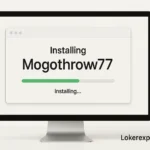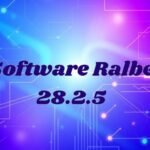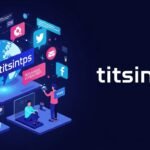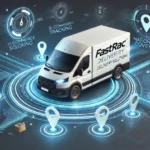In today’s dynamic business environment, traditional hierarchical structures often hinder innovation and adaptability. The Crew Disquantified Org model offers a transformative approach, emphasizing flexibility, collaboration, and qualitative achievements over rigid metrics.
Understanding Crew Disquantified Org
The Crew Disquantified Org framework reimagines organizational structures by prioritizing human-centric values. It shifts focus from quantitative KPIs to qualitative aspects like creativity, emotional intelligence, and team synergy. This model fosters an environment where employees are empowered, leading to increased innovation and job satisfaction.
Core Principles
1. Skill-Based Team Formation
Teams are assembled based on individual skills and project requirements rather than fixed roles. This approach ensures that the right expertise is applied to each task, enhancing efficiency and outcomes.
2. Distributed Leadership
Leadership is contextual and based on expertise relevant to specific projects. This fluid leadership model encourages accountability and leverages diverse perspectives.
3. Qualitative Performance Metrics
Success is measured through qualitative indicators such as innovation quality, collaboration effectiveness, and employee engagement, moving beyond traditional numerical targets.
4. Adaptive Structures
The organization remains agile, with structures that can quickly adapt to changing market demands and internal dynamics. This flexibility is crucial for sustained competitiveness.
Implementation Strategies
1. Comprehensive Skill Mapping
Conduct a thorough assessment of employee skills to facilitate effective team assembly. Utilize digital tools to maintain an up-to-date skills inventory.
2. Cultural Transformation
Foster a culture that values collaboration, continuous learning, and adaptability. Encourage open communication and recognize contributions across all levels.
3. Technology Integration
Implement collaborative platforms that support dynamic team interactions and knowledge sharing. Ensure that technology enhances, rather than complicates, workflows.
4. Training and Development
Invest in training programs that equip employees with skills necessary for operating within a Crew Disquantified Org, including leadership, communication, and adaptability.
5. Feedback Mechanisms
Establish continuous feedback loops to monitor progress, address challenges, and refine processes. This ensures alignment with organizational goals and employee satisfaction.
Benefits
- Enhanced Innovation: By leveraging diverse skills and perspectives, organizations can drive creative solutions.
- Increased Agility: Flexible structures allow for rapid response to market changes and internal shifts.
- Employee Empowerment: Empowering employees leads to higher engagement and retention rates.
- Improved Collaboration: Cross-functional teams enhance communication and collective problem-solving.
Challenges and Mitigation
- Resistance to Change: Address through transparent communication and involving employees in the transition process.
- Maintaining Accountability: Develop clear qualitative metrics and regular review processes to ensure accountability.
- Technology Adoption: Provide training and support to facilitate smooth integration of new collaborative tools.
Case Studies
Organizations that have adopted the Crew Disquantified Org model report significant improvements in innovation, employee satisfaction, and operational efficiency. For instance, companies in the tech sector have seen accelerated product development cycles, while healthcare organizations have improved patient outcomes through enhanced team collaboration.
Conclusion
Implementing the Crew Disquantified Org model requires a strategic approach focused on flexibility, collaboration, and qualitative success metrics. By embracing this framework, organizations can foster a more innovative, agile, and employee-centric environment, positioning themselves for sustained success in the modern business landscape.
FAQs
1. What distinguishes Crew Disquantified Org from traditional organizational models?
Crew Disquantified Org emphasizes flexible team structures, qualitative performance metrics, and distributed leadership, contrasting with traditional models that rely on rigid hierarchies and quantitative KPIs.
2. How does this model impact employee engagement?
By empowering employees and valuing their contributions beyond numerical metrics, the model enhances job satisfaction and engagement.
3. Is Crew Disquantified Org suitable for all industries?
Yes, while particularly beneficial in dynamic sectors like technology and healthcare, its principles can be adapted across various industries to improve collaboration and adaptability.
4. What are the initial steps to implement this model?
Begin with skill mapping, cultural assessment, and investing in collaborative technologies, followed by training programs to support the transition.
5. How can organizations measure success without traditional KPIs?
Success can be gauged through qualitative indicators such as innovation quality, team collaboration effectiveness, and employee satisfaction levels.










